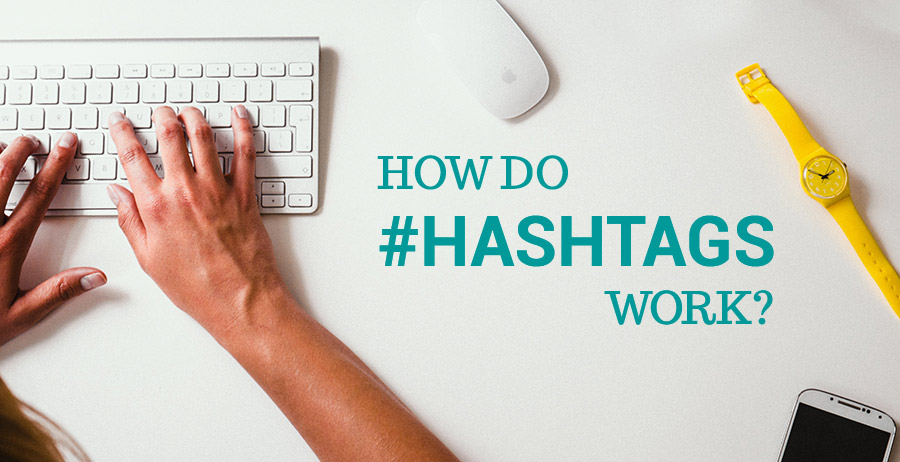
Hashtags aren’t just for user interactions, however. Since 70% of people use hashtags on mobile and 55% of tweets with hashtags are more likely to be retweeted (Social Media Today), the use of these tags should also be considered an important part of business marketing strategy.
How businesses and brands use hashtags
Statistics show that marketing to online audiences is critical for business success. Like many social media tools and strategies, how your company uses hashtags should be based on your goals and objectives. Businesses use hashtags for social listening, to encourage engagement, and to increase brand awareness.1. Using hashtags for social listening
The pros have been listening in on social discussions for ages. The idea is to keep an eye on:
- what your target audience is talking about,
- what your competition is talking about, and
- what anyone on social media is saying about you.
2. Using hashtags with emojis
One of the latest trends in social media is the use of emojis, and hashtags are no exception. On some platforms, like Instagram, you can actually hashtag the emoji symbols just like regular words. For example, # becomes a clickable link when used on Instagram.
becomes a clickable link when used on Instagram.
The other major trend in emoji-hashtags is the branded hashtag emoji used in campaigns by bigger brands on Twitter. According to AdWeek, when Coca-Cola launched the first branded hashtag emoji campaign on Twitter last fall, there were over 170,500 mentions in the first 24 hours.
Trends that include emojis are likely to continue as the little symbols continue to grow in popularity.
3. Using hashtags to encourage engagement
If you’re just starting out with hashtag use, try using some popular tags that already have a large following. The goal is to join conversations so seek out tags that connect you with the right users for your goals. Consider incorporating existing hashtags into your posts that your audience already uses. Obscure or unique tags can work really well for large-scale events and companies, such as #GenCon2016, but will likely generate very little discussion if you’re the only one using it.
4. Using hashtags to increase brand awareness
Since social media marketing is so heavily reliant on networking and sharing, it will come as no surprise that hashtags can very successful at increasing awareness. If you’ve purchased a Coca-Cola product recently, you may have noticed #ShareaCoke printed on the cans and bottles. This type of branding encourages users to post online with that hashtag to share who they would share a soda pop with.
This isn’t just for corporate giants, however, since local attendees are also likely to use suggested hashtags. For example, a recent event in the Indianapolis area used #RUN317 to connect attendees, sponsors, and media to the event all with the use of the hashtag.
Example: #IGoPurpleFor Campaign
 |
| In June, The Alzheimer’s Association used hashtag #IGoPurpleFor to raise awareness and drive conversations on social media. See the tweets. |
- ~600 posts
- ~500 users
- ~3.5 million reached
- ~5 million impressions
